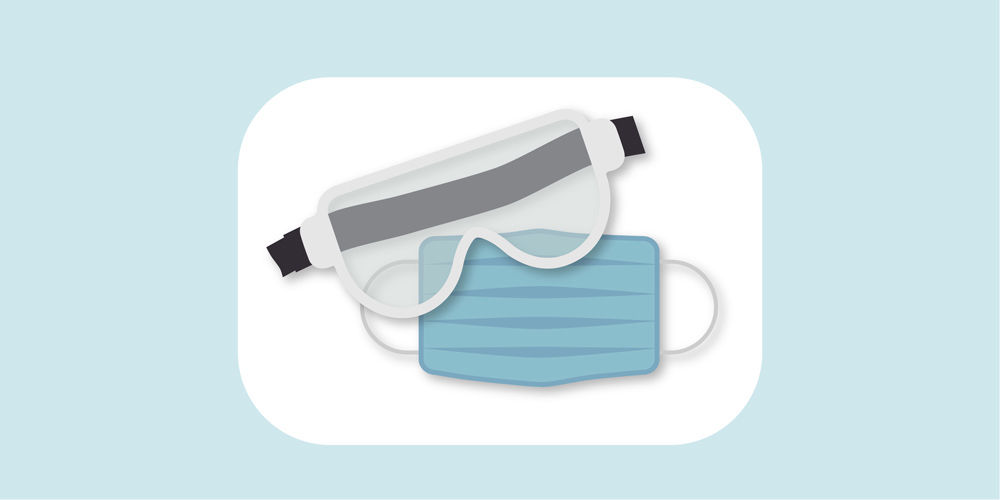What is emotional contagion?
motions and moods are transferred among people in a group. That means one person’s emotions and behaviors can trigger similar emotions and behaviors in other people. You can “catch” emotions the same way you would an office cold.
We are all susceptible to emotional contagion, no matter what work environment we’re in. Most emotional communication is transmitted through non-verbal behavior and facial expressions. These reflect and influence our internal feelings.
Why is negative emotional contagion so dangerous?
Negative emotions can have significant, long-lasting effects on our health and wellbeing. They include muscle tension, fatigue, low energy, insomnia, depression, second-hand stress, and an increased risk of asthma, diabetes, and heart disease.
In health care, we’re particularly vulnerable to negativity. It can disrupt us, clutter our minds, and prevent us from thinking clearly. When patients’ lives are in our hands, it’s critical that we’re careful about what germs—physical and emotional—we’re spreading.
Harness the power of positivity
Emotional contagion also affects us in a positive way. We got into health care because we wanted to help others. We’re a people-focused organization that exists to take care of patients. We’re innately compassionate people. Our ability to create connections is one of our greatest strengths.
Research by UCSD’s James Fowler and Harvard’s Nicholas Christakis found that happiness can have a ripple effect by three degrees: if you’re happy, you increase the chance of happiness in a close friend by 25%. A friend of your close friend enjoys a 10% increased chance of happiness, and that friend’s friend then has a higher chance of experiencing happiness. Networks matter.
Additionally, Fowler and Christakis found that the power of positivity outweighs the power of negativity. Each additional happy friend increases your chance of happiness while every additional unhappy friend drags your chances of happiness down. We have the opportunity to influence people in a positive way.
Think of PPE to protect from emotional contagion
Health care providers are really good at putting on PPE (personal protective equipment) to stay safe from physical contagions. If we have a patient that has the flu, we have a procedure to follow to protect ourselves. We’re not so good at protecting ourselves from negative emotional contagion—and it can be just as toxic for the workplace. So how can we protect ourselves?
|
PPE |
Emotional Contagion Translation |
|---|---|
| Gown | Pay attention to your body language as you communicate your emotions. Non-verbal behaviors account for most of the emotional communication that is retained by others. |
| Gloves | Re-evaluate your electronic communication before hitting send. Feel out the situation before acting. Consider writing a “stop doing” list. |
| Mask | Avoid gossiping. Stop and think before you speak by taking a deep breath—especially when giving and receiving feedback. |
| Booties | Remove yourself from an emotionally-toxic situation without spreading it. Trace your emotion to the original source, then practice self-care. |
| Goggles | When providing feedback, make direct eye contact, and don’t lose sight of the bigger picture. Recognize what type of emotion you’re focusing on, positive or negative. |
This message is the same for a new nurse or a nurse who’s been here for 20 years. Emotional contagion doesn’t discriminate. The difference in the impact is your degree of personal resiliency. The more you can protect yourself, the better you’ll be able to deal with negative emotional contagion and promote positivity.
The Cut’s “Antidote for Emotional Contagion”
- Distract yourself. Train your attention away from a negative colleague.
- Launch a counter-attack. Exude serenity to affect your colleague’s moods.
- Talk to the person. Explain how your colleague’s bad attitude may be affecting others.
Want to have a discussion with your team?
Here are some slides to help. Ask your team: What strategies have worked for you in the past?
Originally published October 2018.
Cassidy Kotobalavu
When life gets busy, it’s easy to forget what keeps us grounded and therefore more satisfied with life. Sydney Ryan reflects on the importance of making time for yourself and prioritizing what is important for you. She explains simple, deliberate actions that have made a difference in her work and her life.
Terry Tempest Williams is a Utah native, writer, naturalist, activist, educator—and patient. She takes us into the current world of Boston Globe obituaries editor Bryan Marquard, and why shared grief can be endured grief.
Even before the Covid-19 pandemic, grief was and is a normal part of the workplace, especially when you work in health care. As a leader, it’s often hard to know what to do. The Resiliency Center’s Megan Whitlock draws from the wisdom of colleagues to share four practical ways to manage grief in the workplace.
